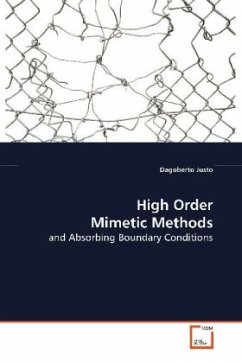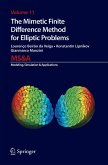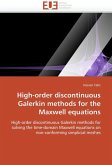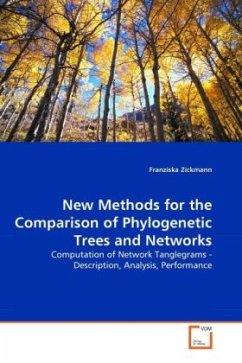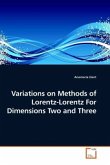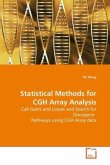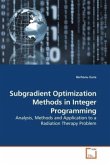In Part I, two approaches to discretize the continuum
using ideas from mimetic methods are presented. A
numerical method is called mimetic if their operators
imitate three important results of the continuum
calculus: integration theorems, product rules, and
the existence of a double exact sequence. After a
review of these properties, discrete tensor and
exterior calculus are constructed based on the
definitions of differential and integral operators
representing the respective continuum operators. For
simplicity, only periodic functions are considered.
Algebraic diagrams are introduced gradually with the
proofs of mimetic properties. Alternative proofs to
the literature are obtained for discrete versions of
the integration theorems using multilinear algebra. A
study of the truncation error is also presented.
In Part II, we describe the design and implementation
of corner compatibility conditions for the
Hagstrom-Warburton absorbing boundary condition;
applied to Maxwell''s equations on polygonal domains.
Numerical experiments demonstrate the robustness of
the methods used, allowing the artificial boundary to
be arbitrarily close to the scatterer without
compromising convergence.
using ideas from mimetic methods are presented. A
numerical method is called mimetic if their operators
imitate three important results of the continuum
calculus: integration theorems, product rules, and
the existence of a double exact sequence. After a
review of these properties, discrete tensor and
exterior calculus are constructed based on the
definitions of differential and integral operators
representing the respective continuum operators. For
simplicity, only periodic functions are considered.
Algebraic diagrams are introduced gradually with the
proofs of mimetic properties. Alternative proofs to
the literature are obtained for discrete versions of
the integration theorems using multilinear algebra. A
study of the truncation error is also presented.
In Part II, we describe the design and implementation
of corner compatibility conditions for the
Hagstrom-Warburton absorbing boundary condition;
applied to Maxwell''s equations on polygonal domains.
Numerical experiments demonstrate the robustness of
the methods used, allowing the artificial boundary to
be arbitrarily close to the scatterer without
compromising convergence.

